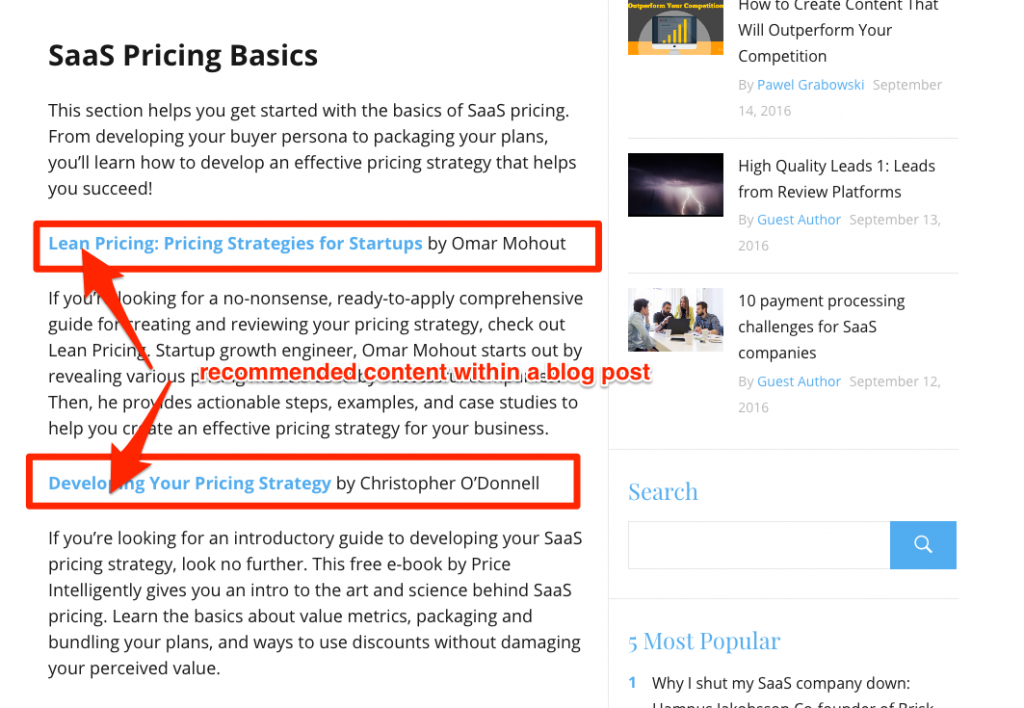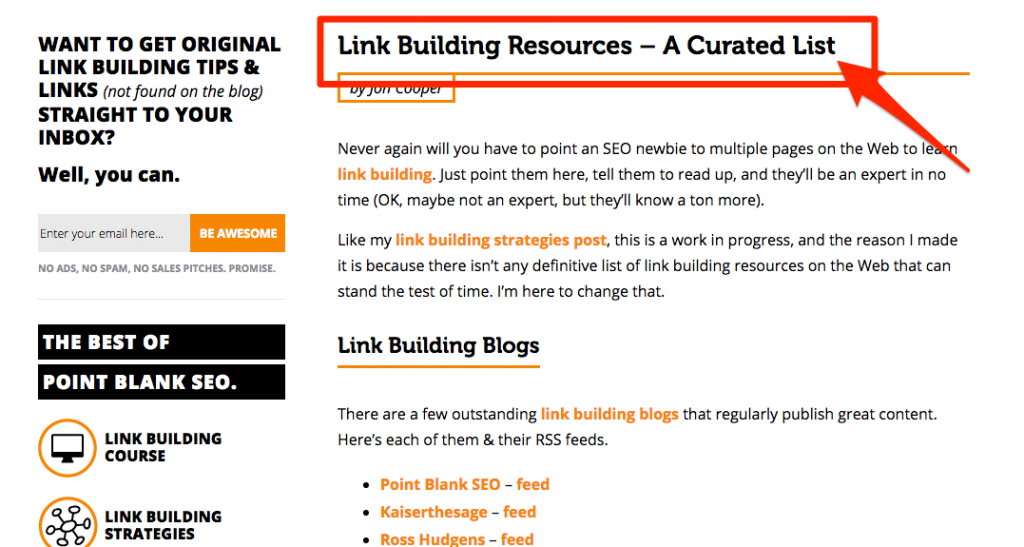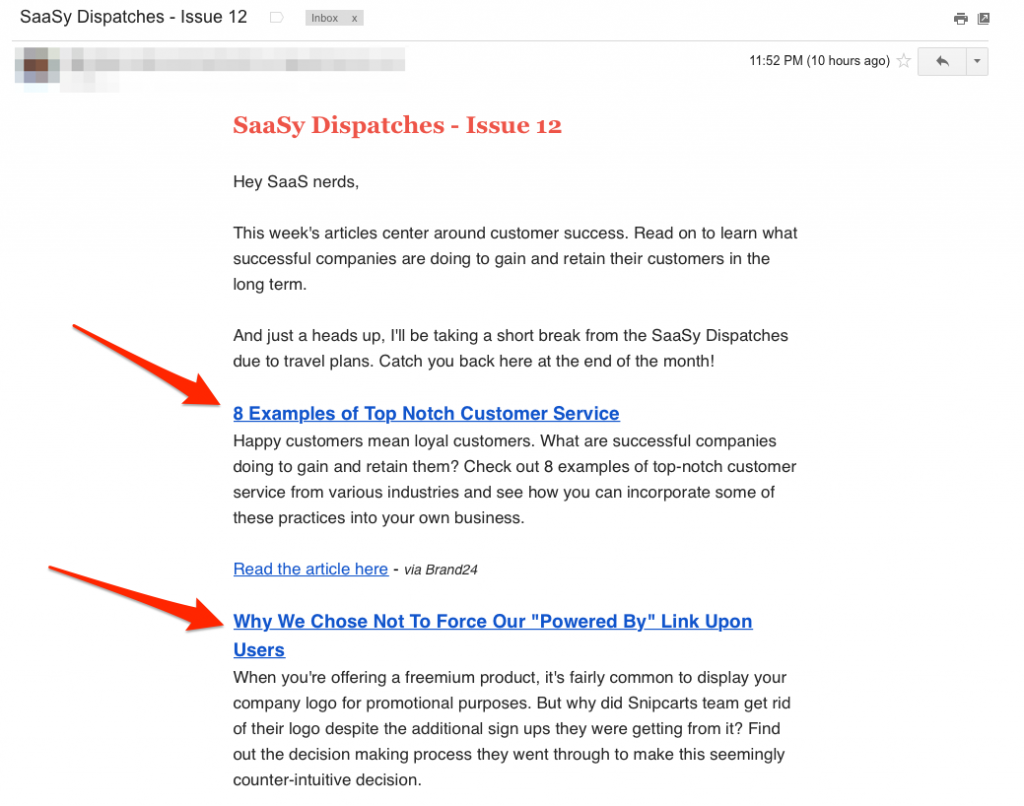If you’ve been marketing an MSP business for a while, then I’m sure you already know it:
Content marketing is one of the most powerful strategies to generate leads and grow a business.
It helps you attract people to your site, convince them of your authority, convert them into leads, nurture them…
…and that’s just the tip of the iceberg.
If you’ve already tried to launch a content strategy for your MSP, then you probably know that it’s darn hard to do.
For one, it takes a tremendous amount of time and effort.
The sheer content production alone, the research and actual writing, can take hours.
But what if there was a way to speed it up? A strategy that would allow you to use content without having actually to spend a tonne of time creating it.
As a matter of fact, there is.
It’s called content curation and in a nutshell, it allows you to feature someone else’s content (of course with proper credit) on your site or other marketing materials to boost your content production.
I’ll show you how to use content curation to find new leads.
Ready? Let’s get cracking then.
[thrive_leads id=’1639′]
What is Content Curation?
When you think about it, content marketing is actually quite simple.
I mean, true, many technical intricacies affect the outcome of the strategy.
But in general, if you consistently create and promote relevant content to reach out to, engage and build trust with your audience, then after some time, you WILL start seeing results.
The only real challenge is to produce content consistently.
It, therefore, comes as no surprise that more than half of marketers struggle with consistency.

And that’s where content curation comes in.
Because you see:
Curating content allows you to cut down the writing time, while still creating valuable content assets for your audience.
But let’s start at the beginning.
What is content curation?
I like the way Patrick Armitage from BlogMutt, a content writing service, defines content curation. He says:
“Content curation is finding information relevant to your audience from a variety of sources and sharing it strategically through your communication channels. “
In other words, when you’re curating content, you simply take someone else’s resources and recommend them to your audience, crediting the author in the process.
But do marketers really curate content?
Oh, you bet!
According to the data from fantastic post on Writtent, only 5% of marketers don’t curate content on social media. 32%, however, do it daily and 31%, weekly.

And 78% of marketers have a dedicated resource in their company simply to curate content:

You can see curated content pretty much everywhere on the web:
Social media. Sharing someone else’s content is nothing else but content curation.

Articles. Saascribe now Saasstock, for example, used tp publish a SAAS pricing ultimate resource guide which recommends many external resources a person should read to learn more on the topic.

Guides. In his ultimate guide to link building, Brian Dean references and links to many external sources.

But Why Content Curation Should Be Part of Your Online Marketing Strategy
I’ve already hinted at one reason – allowing you to scale your content marketing efforts without having to produce new original pieces.
But that’s not all.
Curating content is also cheaper. After all, unless you can write (and have the time to do it), hiring a professional copywriter can be expensive. Content curation, on the other hand, allows you to cut the writing time and reduce that cost.
It can achieve similar results as publishing original content. Granted, own content will always outperform its curated counterpart. But for certain content types, the difference is nominal.
For example, resource lists can actually rank much higher in Google, and start attracting relevant traffic. And that’s even though the comprise of curated content.
Take this Link Building Resources page by Jon Cooper from Point Blank SEO.

The page now ranks at no.2 for this highly competitive phrase. And I’m sure it drives tons of traffic to Jon’s site.

Curating content can help you quickly position yourself as an expert for your audience.
Sharing and recommending useful resources will automatically position you as a go-to resource for your potential clients.
My good friend, and a fantastic writer, Brad Smith, sends a weekly email with hand-picked content recommendations that help his audience improve their business communications and position him as a writing expert.

[thrive_leads id=’1639′]
How to Use Curated Content to Connect and Build Relationship with Potential Clients
One of the biggest opportunities curating content offers any business is the ability to reach to, connect, and start building relationships with potential clients.
Just like with using your own content, curated assets can help you engage people who potentially might become your customers in the future.
And here are some ideas how to do it:
#1. Start Social Media Curation
You know:
Social curation is much more than just posting other people’s content on Twitter or Facebook.
It’s an opportunity to organically develop relationships with people experiencing problems your services help eradicate.
As Ross Hudgens from Siege Media recalls:
“I realized the other day that my business wouldn’t exist if it wasn’t for content curation.”
He then recounts how curating content on Twitter led to relationships, freelance job offers, clients, and him setting up the company, which today is a 12-people strong marketing agency.
And all thanks to curating the right content on social media.
#2. Send Curated Newsletters
Social media might be the best channel to find and connect with new people.
But email offers an unbeatable opportunity to strengthening those relationships.
It’s just… writing regular newsletters is quite a task, isn’t it?
Luckily, you don’t have to send your list regular updates, tips, or advice.
You can replace them with a curated newsletter that contains what you think are the best articles they should read.
Alex Lee, a SaaS website copywriter, sends a weekly newsletter with the top 4 articles he thinks his audience would find interesting.

#3. Write Curated Content-Based Guest Posts
You know:
I can’t think of a better way to increase a business’ industry visibility and brand awareness than guest posting.
Showing up on websites that your potential clients’ visit gives you an opportunity to introduce, and position your company right in front of a large, relevant audience.
But here’s the catch:
If you already can’t find the time to write content for your site, how are you going to do it for other websites?
Solution – by curating content.
You see, your guest post doesn’t have to be comprised of entirely original content. Instead, you could offer a resource list or any other similar content type that uses the curated content.
For example, take a look at this article published on SaaScribe. Even though it’s published as original content, it’s almost entirely made up of curated content.

Sure, the author provides a short blurb for every post. But in reality, they didn’t write any specific and original advice.
But the best part – this content provides an insane value to their target audience.
How to Use Curated Content to Expand Content on Your Site
The other major benefit of curating content is that it helps to build up content assets on your site.
I’ve already shown you some examples of that, Jon Cooper’s link building resources, for example.
And here are other ways to use curated content to create new pages on your site:
#4. Publish Roundup Posts
A roundup post collects and presents articles, blog posts, infographics or any other content types, typically to help educate readers on a particular idea or a problem.
For example, here’s a roundup that helps online retailers get started with the Adwords platform.

Note the structure of each section. It starts with a very short explanation of what it is all about and then, proceeds to simply list various resources on the topic.
Here’s another roundup post that uses the same structure:

#5. Resource Lists
I’ve already shown you an example resource page, the Jon Cooper’s link building page.

And on the outset, it might seem almost identical to the roundup post.
However, there is a significant difference between them.
You see, resource lists typically include a MASSIVE number of resources that cover practically every aspect of a problem or topic.
For example, Jon’s link building list includes anything from a list of relevant blogs, articles, ultimate guides, roundups of different types of tools a link builder would require, to posts offering advice on practically every single aspect of link building.
And because of their size, resource pages tend to rank quite well for relevant phrases, attracting qualified traffic back to your site.
#6. Case Study Collections
I’m sure you’ll agree:
Given the nature of the IT work, sometimes the easiest way to convince a prospect to implement a new solution, for example, is by showing how well it has worked for others.
The problem, however, starts if you don’t have such proprietary data.
Luckily, you can use curated content to still create such content.
How? By compiling a list of case studies from others who have already implemented such solution.
Wishpond, for example, created a roundup of 50 different A/B test studies to show how well split testing has worked for others.

Funnelenvy used the same technique, presenting various split tests to prove how well different conversion rate optimization strategies worked for others.

Note that this page follows the same structure as a roundup post. However, instead of focusing on educating visitors on a specific problem, it presents evidence to back up claims.
[thrive_leads id=’1639′]
Sign up below to receive our monthly IT Services advice + other cool stuff straight to your inbox.